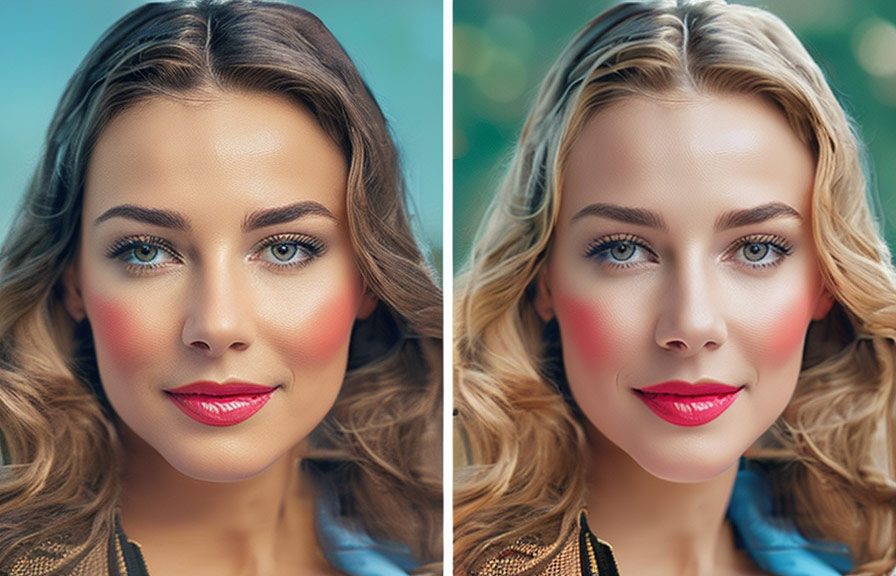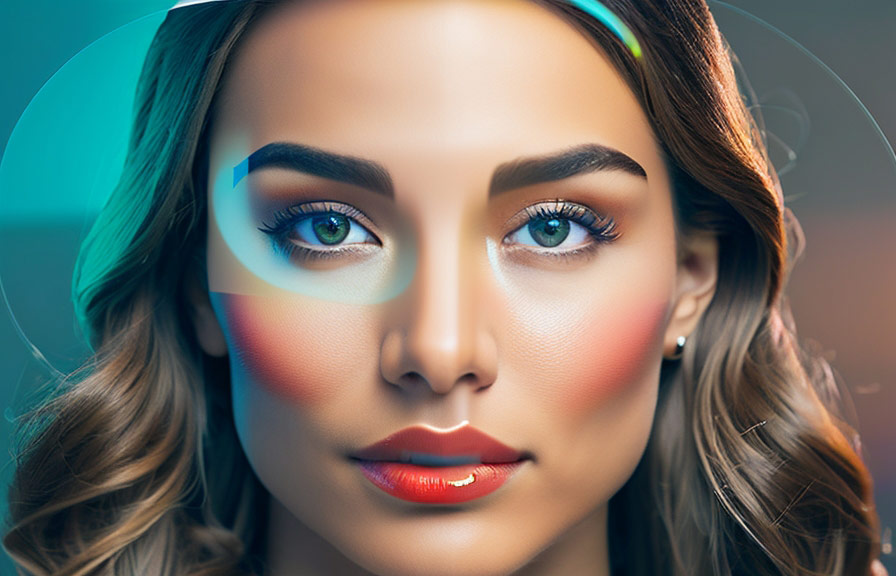Did you know that artificial intelligence (ai) can now help you obtain the perfect portrait, no matter the lighting or angle? ai face editing is revolutionizing the way we edit and enhance our photographs, making it possible to achieve stunning results with just a few clicks.
In this post, we'll explore the intricacies of ai face editing and unveil some fascinating facts about this cutting-edge technology.

The rise of ai face editing
The photography industry has evolved tremendously over the years, with advancements in camera technology, image processing, and editing tools. the introduction of ai face editing is a significant milestone in this evolution. ai-powered algorithms and applications have enabled photographers and casual users alike to edit and enhance their portraits with
Remarkable precision.
One of the key aspects that set ai face editing apart from conventional editing methods is the ability to analyze and understand the unique features of a human face. by leveraging deep learning and facial recognition technologies, ai algorithms can identify specific facial elements such as the eyes, nose, mouth,
And overall face shape. this understanding allows ai face editing tools to apply targeted, intelligent adjustments that produce natural and aesthetically pleasing results.
The power of ai in retouching and enhancing portraits
Ai face editing offers numerous benefits when it comes to retouching and enhancing portraits. here are some of the most notable advantages:
1. automatic skin smoothing
One of the most sought-after features in portrait editing is skin smoothing. ai face editing tools can automatically detect and analyze skin textures, enabling them to apply the appropriate level of smoothing without losing important details.
The result is a natural-looking, flawless complexion that doesn't appear overly edited.
2. teeth whitening and eye brightening
Ai-powered applications can also identify and enhance specific facial features, such as teeth and eyes. by applying selective adjustments to these areas, ai face editing tools can whiten teeth and brighten eyes, giving your portraits a vibrant and engaging appearance.
3. lighting and exposure correction
Ai algorithms can analyze a portrait's lighting and exposure, allowing them to make intelligent adjustments that improve the overall balance and harmony of the image. this can be particularly useful for portraits taken in challenging lighting conditions, where conventional editing techniques may struggle to achieve natural-looking results.
4. facial feature enhancement and reshaping
One of the most fascinating aspects of ai face editing is its ability to enhance and even reshape facial features. by understanding the unique structure of a face, ai algorithms can make subtle adjustments to features like the nose, jawline, and eyebrows, creating a more balanced and attractive appearance.
A lesser-known fact: the role of generative adversarial networks (gans)
While ai face editing is commonly associated with deep learning and facial recognition technologies, another lesser-known concept plays a crucial role in making this technology possible: generative adversarial networks (gans).
Gans are a type of ai model that consists of two neural networks – a generator and a discriminator. the generator creates new images, while the discriminator evaluates these images, determining whether they are real or generated.
The two networks work together, with the generator constantly improving its ability to create realistic images and the discriminator honing its skill at identifying real versus generated content.
Gans have been instrumental in the development of ai face editing, as they enable the creation of realistic, high-quality images that are virtually indistinguishable from real photographs. this technology has paved the way for advanced ai-powered applications that can generate entirely new images or convincingly manipulate existing ones.
The future of ai face editing
As ai continues to advance, the possibilities for ai face editing are virtually limitless. in the future, we can expect even more sophisticated and powerful tools that can analyze and edit portraits with unprecedented precision. these developments have the potential to transform not only the photography industry but also industries
Such as fashion, advertising, and entertainment.
However, alongside these exciting prospects, there are also valid concerns about the ethical implications of ai face editing. issues such as privacy, consent, and the potential for misuse of this technology must be carefully considered as we continue to explore and develop ai-powered applications.
Conclusion
Ai face editing is a remarkable technological advancement that has the potential to revolutionize the way we capture, edit, and perceive portraits. by understanding the unique features of a human face and leveraging powerful ai algorithms, ai face editing tools offer unparalleled precision and artistic control.
As this technology continues to evolve, it will undoubtedly shape the future of photography and visual arts in ways we can only begin to imagine.
